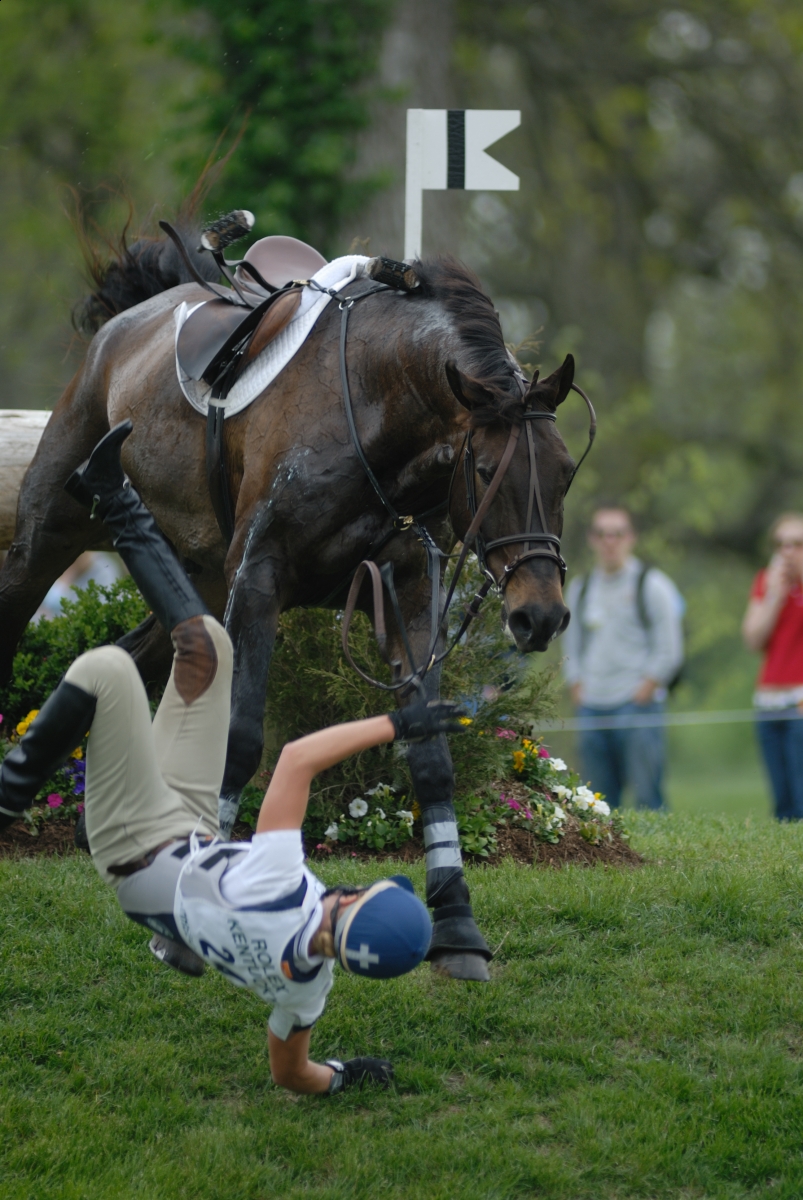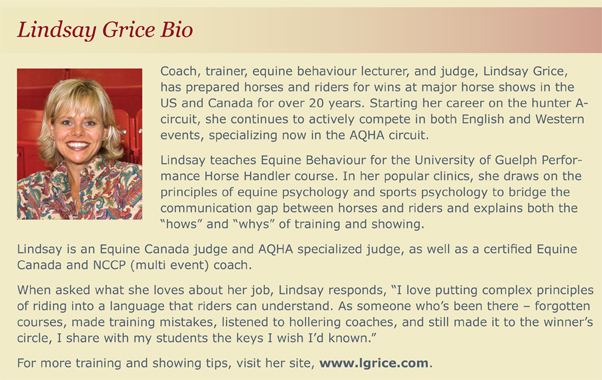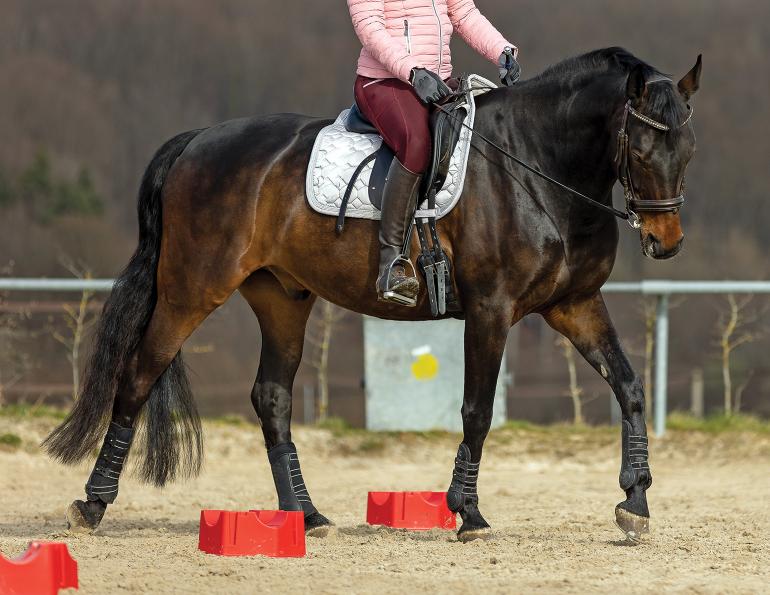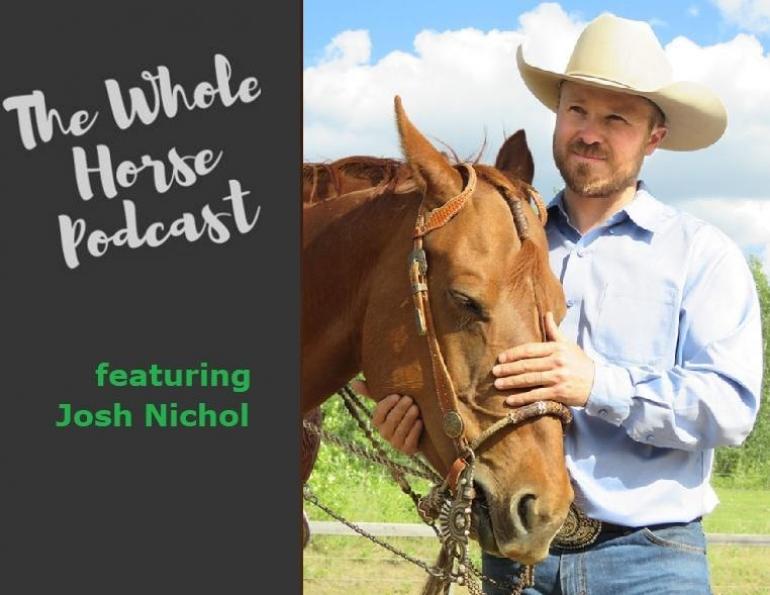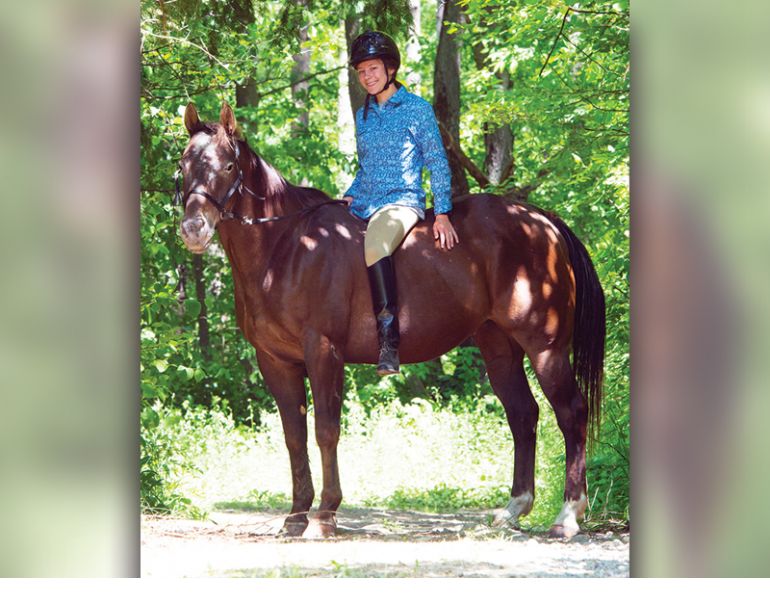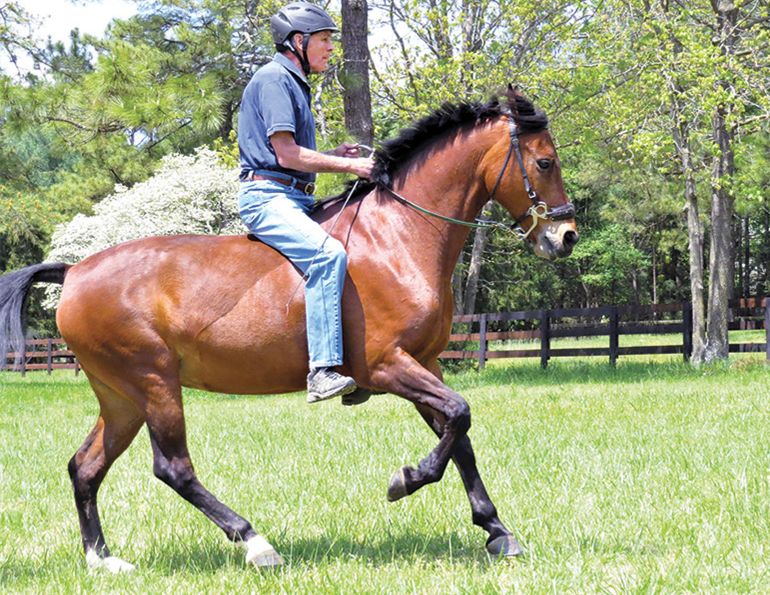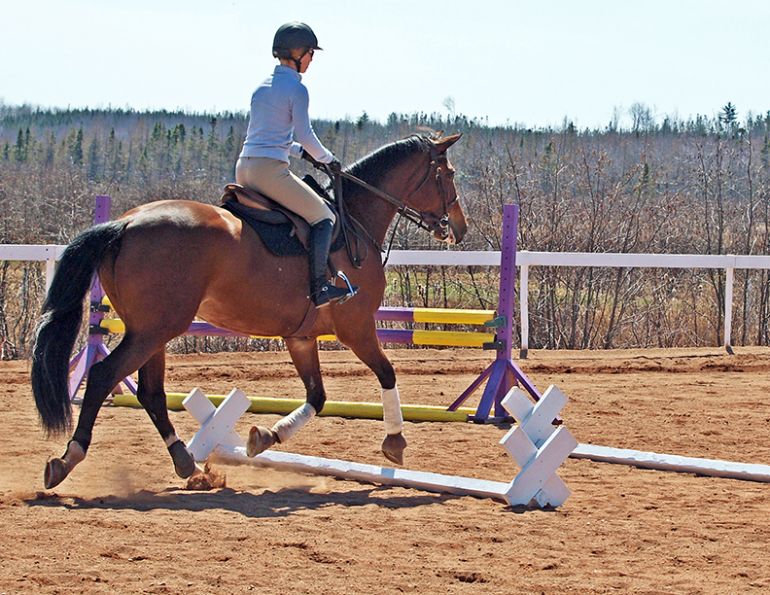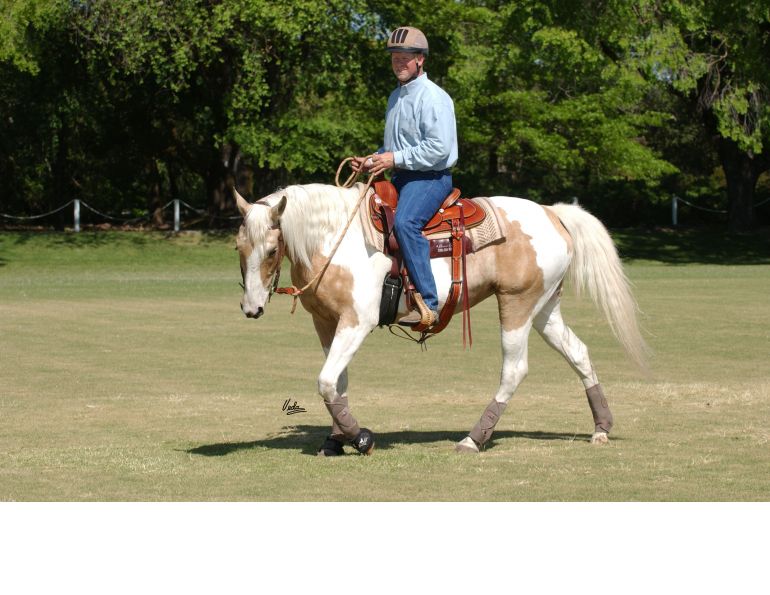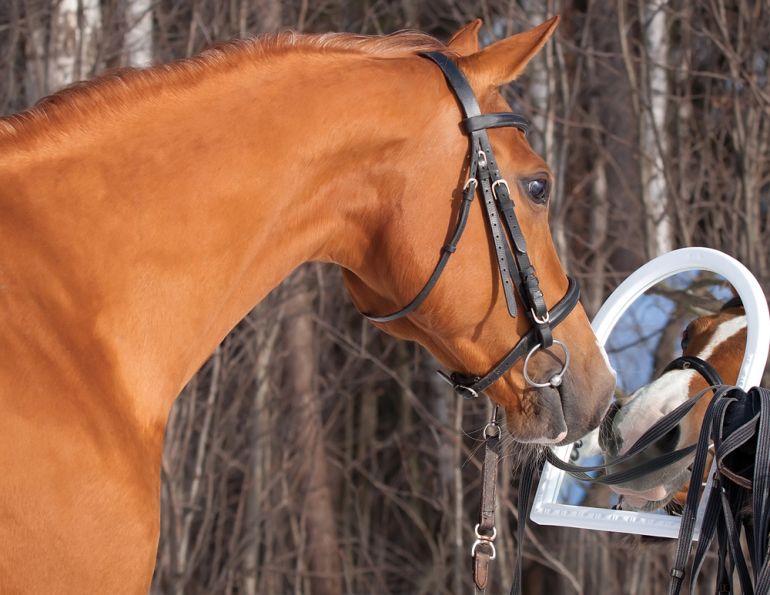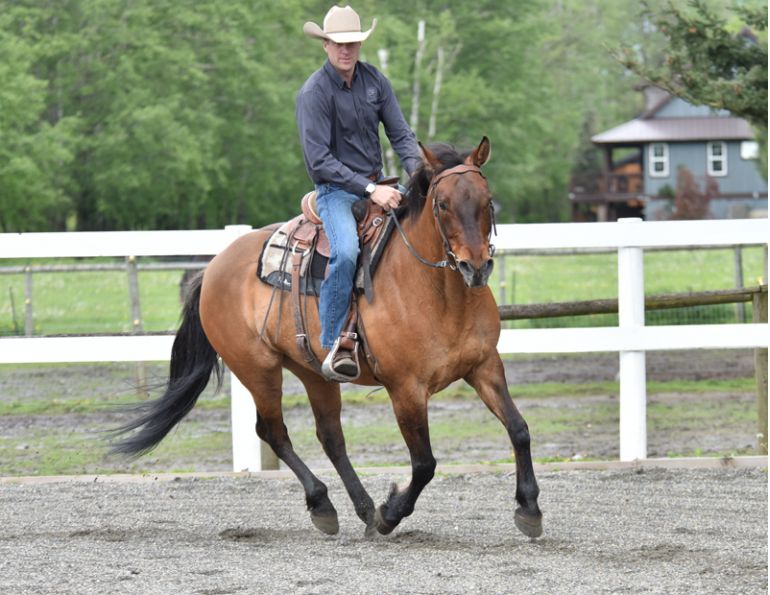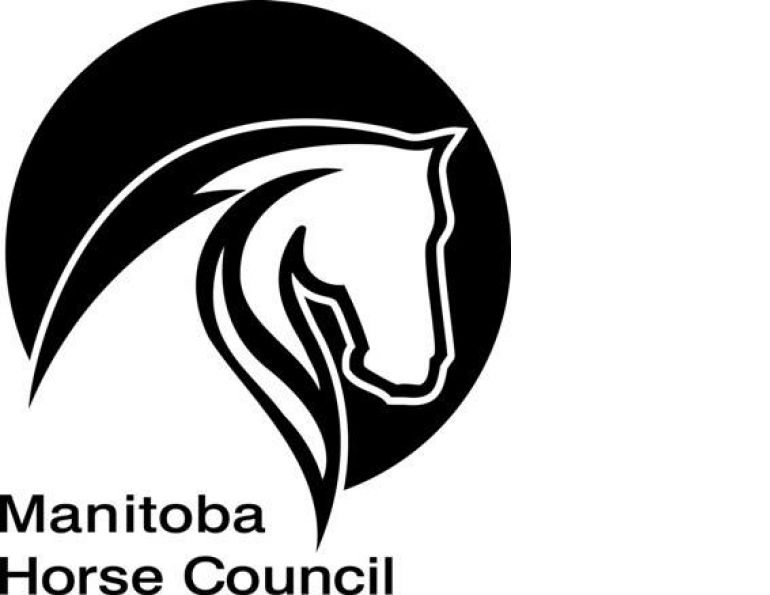By Lindsay Grice
Q At my barn there is a tongue-in-cheek policy is that anyone who falls off during a lesson has to buy their instructor a Coke. Is falling off to be taken so lightly? As a novice rider, can I expect to fall off regularly?
A Falling off hurts! It can shake a rider’s confidence so much that many choose to give up riding altogether. It can scare the horse, too. I hate to see a student fall off and I hate to fall off myself, so I do everything I can to minimize risks and lay a strong foundation.
Part of the growing process is stretching and taking risks. It fosters a great sense of accomplishment to successfully face our fears and go for it! But it’s the instructor or trainer’s job to determine which risks are appropriate.
In my program, I lay a solid foundation of understanding and build upon it like a flight of stairs by challenging the rider or horse with a new skill as they master the previous step. This process may not appeal to the thrill seeker, but it preserves the sanity of their equine partner, and mine as well! For example, we wouldn’t go on to a skill at the canter until it was well established at the trot. As an airplane has all its controls tested before it is allowed to take off, I make sure students have an understanding of the “four P’s” — pace, path, package, and position — at each stage before we fly up to the next level.
|
Photo: Clix Photography |
Pace
Pace is the rhythm and length of stride that the rider selects for his horse. The key is that the rider picks the pace, keeps the drumbeat going in his head, and has the skills to adjust his horse to match. Without pace control, the rider is at the mercy of the horse’s speedometer.
A bigger stride is more difficult to ride and as the rider begins to lose stability, the horse begins to lose mental stability. Horses are prey animals that flee from danger. They run away from their questions rather than reason through them. The faster their legs move, the more their adrenaline pumps. Pace control within every gait is the rider’s greatest tool to keep his horse calm and himself in the saddle. Independent control of hands and legs as well as a deep, following seat are crucial skills to master. I make sure my students can smoothly adjust back and forth between a long posting trot and a shorter, slow, sitting trot before we ever canter. Lateral work, patterns, trail obstacles, and jumps are best to nail down at the walk and trot before the lope or canter. Our eagerness to try these out at a faster pace adds anxiety and risk.
Path
If each section of the horse’s body is compared to a train car, path is the track. Lateral control describes a rider’s ability, through use of their aids, to keep each car on the track. Without mastering lateral control, how can you direct your horse to the center of a jump or navigate trail obstacles? A horse that bulges towards the gate or picks up the wrong lead can be corrected if the rider understands lateral control. Keeping the horse’s body aligned during a spook or buck will prevent the situation from getting completely out of control. Swerves, duck outs, and sideways leaps make up the remainder of falls that speed doesn’t cover.
Package
Package is my term to describe having a horse on the bit and in a frame similar to a coiled spring, which increases maneuverability and responsiveness. All smooth transitions such as stepping into a canter (without the racing trot beforehand) and performing accurate turns require a measure of collection. The horse is much more focused, connected to the rider, elastic, and comfortable to ride when he’s in a frame, minimizing your chances of falling off.
Position
Position is the rider’s position on the horse. A rider who isn’t firmly anchored on the horse with independent control of his hands and legs is heading for a fall. The principles of centrifugal force and inertia we learned about in science class come to life when riders try to eliminate important steps!
After a Fall
If a fall does happen, the old saying is to get right back on. I can go along with this principle ONLY after making sure the rider is unhurt and after taking some time to analyze what went wrong. What were the steps that led to the incident? How could it have been prevented? Does the rider need to drop down some steps to rebuild his skills and confidence and those of his horse?
Becoming an accomplished rider skill by skill may not appeal to those who like to live on the edge, but, like the tortoise and the hare, slower is faster in the long run!
Main article photo: Robin Duncan Photography - Without proper control of pace, path, package, and position, riders are at a much greater risk of falling off.



